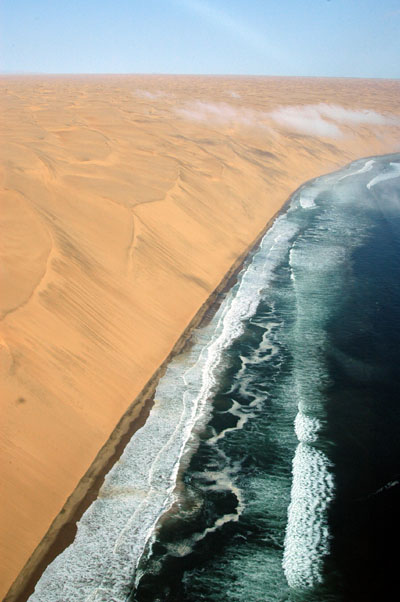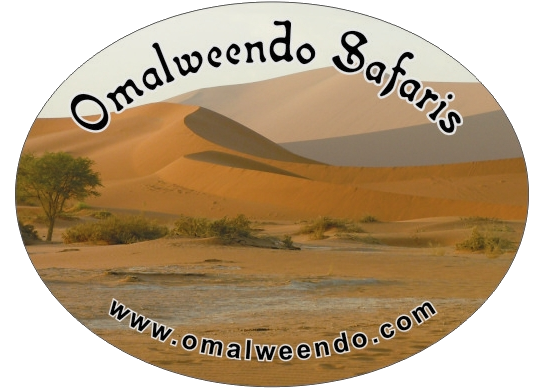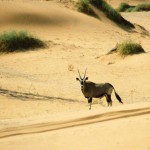Welcome to the Home of Omalweendo Safaris.
We will take you where few people before you have been. You will become part of the dune people of the Namib.
The Namib Desert is the oldest living desert in the world, and has only recently been opened up for ordinary people to visit. For adventurous off-road enthusiasts, seeking an exclusive safari off the beaten track, the enormous open spaces, contrast in colour, beauty and the often sur-real landscapes that the Namib Desert offers, is an experience not to be missed.
The name Namib is of Nama origin and means “vast place”. According to the broadest definition, the Namib stretches for more than 2,000 kilometres (1,200 mi) along the Atlantic coasts of Angola, Namibia, and South Africa, extending southward from the Carunjamba River in Angola, through Namibia and to the Olifants River in Western Cape.
Most of the desert wildlife is arthropods and other small animals that live on little water, although larger animals inhabit the northern regions. Near the coast, the cold ocean water is rich in fishery resources and supports populations of brown fur seals and shorebirds, which serve as prey for the Skeleton Coast’s lions. Further inland, the Namib-Naukluft National Park, the largest game park in Africa, supports populations of African Bush Elephants, Mountain Zebras, and other large mammals. Although the outer Namib is largely barren of vegetation, lichens and succulents are found in coastal areas, while grasses, shrubs, and ephemeral plants thrive near the escarpment. A few types of trees are also able to survive the extremely arid climate.

